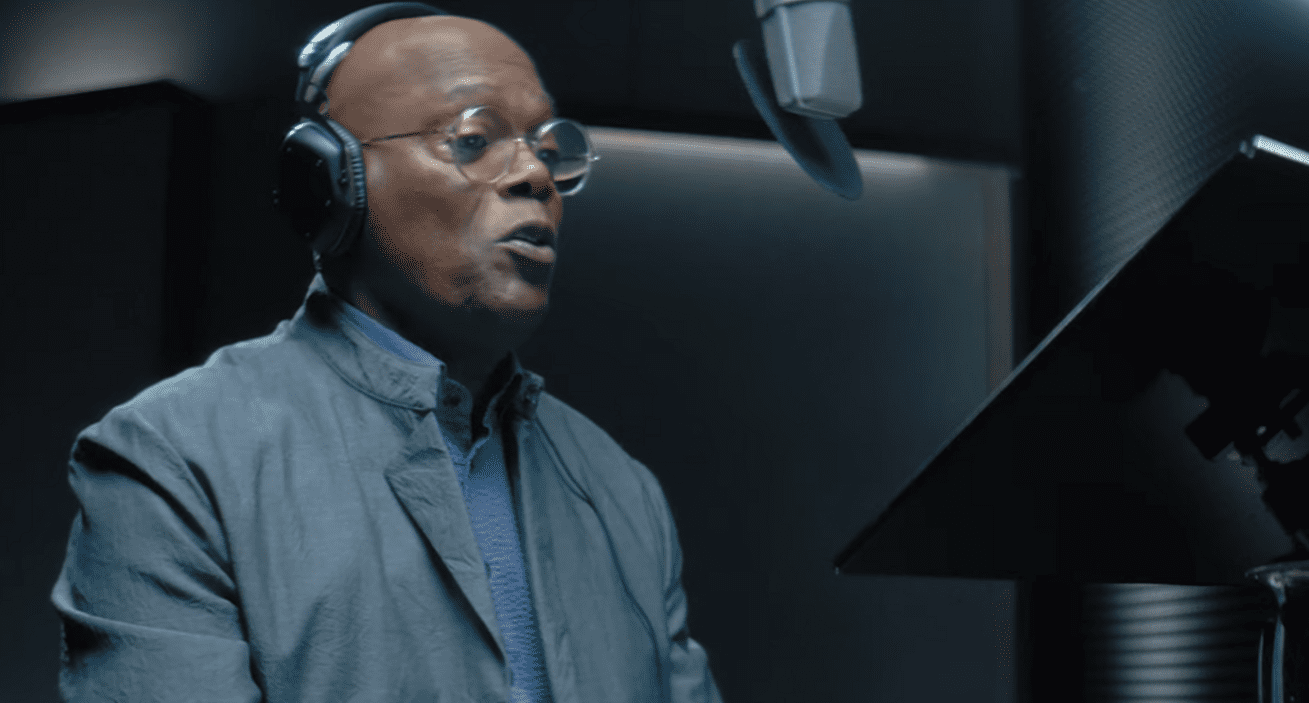As Samuel L. Jackson character Ray Arnold said in Jurassic Park, “Hold onto your butts,” because the iconic actor’s voice is coming to Alexa. Later this year you can enable Jackson’s voice to respond in different capacities: fill you in on the weather or play your favorite music, for example. And given the colorful, expressive style of some of Jackson’s characters—FBI Agent Neville Flynn in Snakes on a Plane comes to mind—you’ll have a choice of either an “explicit” or “clean” version. (Note that Alexa won’t suddenly start speaking to you as Samuel L. Jackson across the board: he can’t help you with skills such as shopping or lists.) The new skill, which Amazon will offer at an introductory price of 99 cents (regular price will be $4.99), is an example of neural text-to-speech technology (TTS) in action. And it’s instructive for businesses examining how voice might play a role in their advertising going forward.
What Is TTS?
TTS, sometimes referred to as “read-aloud technology” or text to speech, essentially converts a digital text string to spoken word. Early on, TTS applications lacked nuance: the resulting speech, while accurate, sounded robotic. But with advances in artificial intelligence (AI), it’s becoming possible to render voices that sound more human, with all the cadences we associate with how real people speak. As a result, businesses are exploring TTS as a viable way to inject personality into voice-based interfaces such as bots, or content that requires voice-over narration. Parameters can be established, too: as noted, you can’t make Alexa talk like Samuel L. Jackson all the time. The skill is limited to whatever it’s been programmed to do as Jackson.
“Fill It With Gravy”
Common applications for TTS include educational ones, in which a tablet or computer reads words on a screen out loud to a student who might have difficulties reading or seeing. Sometimes they border on the wondrous, as when sound engineers from Scottish company CereProc made it possible for listeners to finally hear the 21-minute speech President John F. Kennedy never got to deliver on November 22, 1963: in his voice.
And there are the fun applications, as witnessed by Alexa’s sanctioned use of Samuel L. Jackson’s recognizable voice. Of course, Amazon is not the only business using TTS to make their brand more familiar and fun. In 2015, KFC teamed up with the navigation app Waze to give motorists a fresh voice option for their audio directions: Colonel Harland Sanders. Users who opted in to be directed by The Colonel got clear directions as well as humorous Colonel-isms such as, “Pothole on the road ahead. I’d fill it with gravy.” More recently, KFC celebrated National Fried Chicken Day by using speech recognition, AI, and TTS to playfully make drive-through operators sound like The Colonel, too.
Sonic Branding
TTS is in a position to create even greater impact as the technology continues to grow. Businesses are wise to recognize that potential, and to pursue voice personality as a way to differentiate themselves. Forrester Analyst Dipanjan Chatterjee notes:
Forrester predicts that 50% of US households will have smart speakers by 2022, accounting for 68% of all smart home devices. Voice will be much more than assistants and speakers. It will fundamentally alter how consumers and brands interact . . . If you don’t have a voice strategy in the making today, it’s time to move now or risk falling behind.
The big picture Chatterjee alludes to is the phenomenon of “sonic branding”—that is, anything that uses voice, music, or sound to express a brand. In some ways, sonic branding has been going on for years: think about the brands that have hired an actor for voiceover advertising, or jingles that long after the fact still resonate. TTS is just the latest example of how sonic branding can be used effectively.
What You Should Do
As Chatterjee points out, sonic branding—specifically, voice strategy—is an opportunity you don’t want to miss. Assess the role of voice in your marketing and advertising. No, you don’t need to worry about one-upping Amazon and hiring a famous movie star to narrate your online and voice bots. But consider how you can inject personality, and even humor, wherever people encounter the “voice of your brand.”
Contact Us
Call us. We can help.
